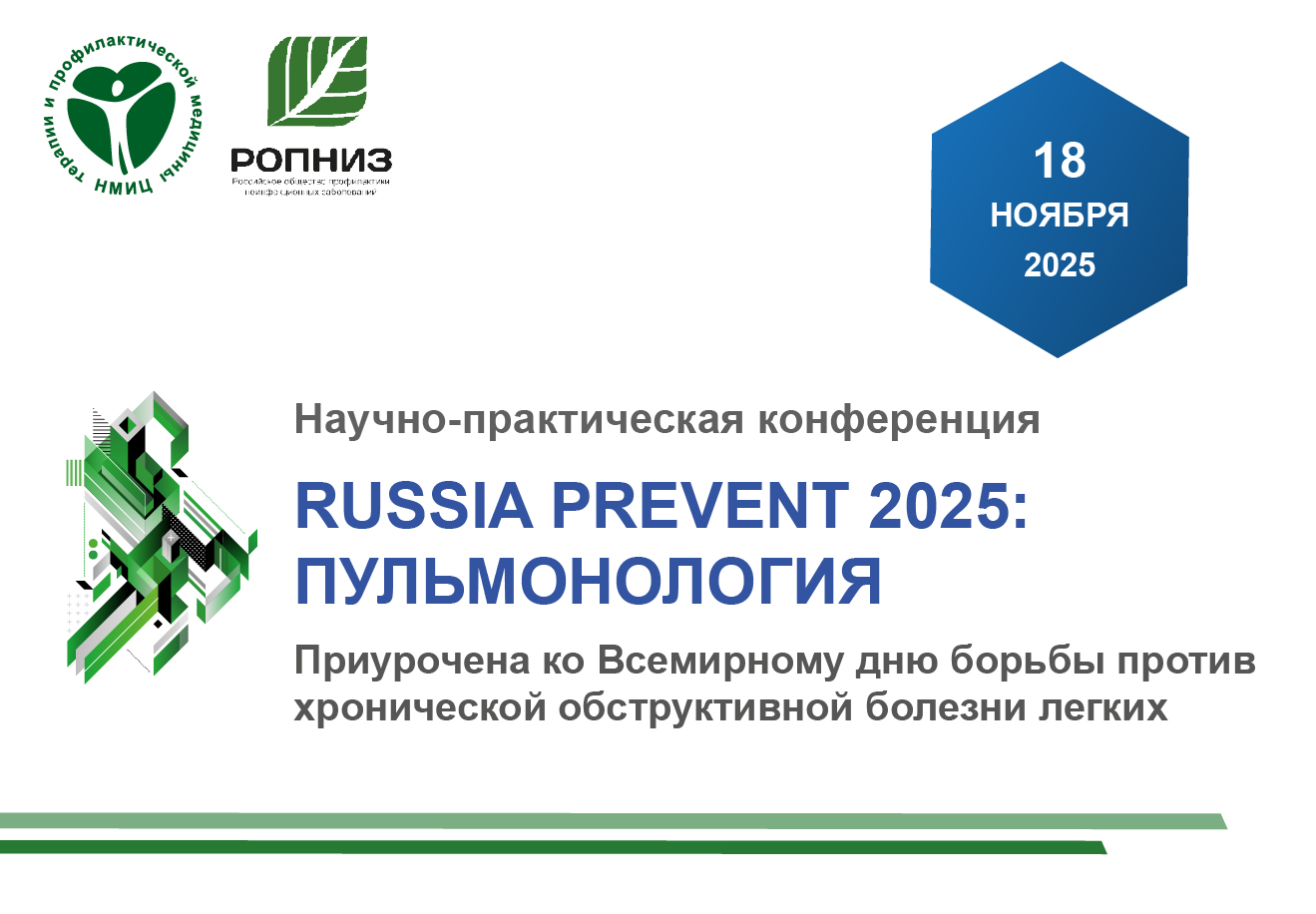Collection of samples from women at different stages of pregnancy to search for early biomarkers of preterm birth
https://doi.org/10.15829/1728-8800-2020-2708
Abstract
Aim. To create a collection of samples from women at different stages of pregnancy to search for early biomarkers of preterm birth.
Material and methods. In order to standardize the sample collection, standard operation procedures have been developed with a step-by-step protocol for each research member at the clinical (collection of medical data and biological material) and laboratory (transportation, sample preparation, storage, quality control) stages.
Results. As of October 1, 2020, the collection includes peripheral blood samples from 182 women. Whole blood, serum, plasma, buffy coat and urine were collected during pregnancy, and placenta and umbilical cord blood samples — during labor. Clinical and medical history data was obtained about each pregnant woman, which includes data on the woman’s health status, the course and outcome of pregnancy. An electronic catalog has been created with information on samples (data on clinical characteristics and the number of aliquots of each sample type). The quality control (assessment of DNA and microRNA) was carried out, which showed the compliance of the obtained samples with the quality criteria and the preservation of initial characteristics during long-term storage. On the basis of collection, a study has begun to assess the level of microRNA expression in various types of biomaterial, in order to search for early biomarkers of premature birth.
Conclusion. The creation of a collection of samples from pregnant women is a significant groundwork for future fundamental and applied research in various fields of biomedicine. This collection may provide an in-depth study of the pathogenesis of various pregnancy complications and the development of new methods for their diagnosis and treatment.-
About the Authors
R. A. IllarionovRussian Federation
Saint Petersburg
O. V. Kosyakova
Russian Federation
Saint Petersburg
E. S. Vashukova
Russian Federation
Saint Petersburg
N. O. Yurkina
Russian Federation
Saint Petersburg
M. O. Bakleicheva
Russian Federation
Saint Petersburg
Yu. s. Dolgova
Russian Federation
Saint Petersburg
T. A. Sushko
Russian Federation
Saint Petersburg
D. R. Eremeeva
Russian Federation
Saint Petersburg
M. S. Zainulina
Russian Federation
Saint Petersburg
M. I. Yarmolinskaya
Russian Federation
Saint Petersburg
O. N. Bespalova
Russian Federation
Saint Petersburg
A. S. Glotov
Russian Federation
References
1. Payne P. Including Pregnant Women in Clinical Research: Practical Guidance for Institutional Review Boards. Ethics Hum Res. 2019; 41(6):35-40. https://doi.org/10.1002/eahr.500036. PMID:31743630
2. González-Duarte A, Zambrano-González E, Medina-Franco H, Alberú-Gómez J, Durand-Carbajal M, Hinojosa CA, Aguilar-Salinas CA, Kaufer-Horwitz M. II. The research ethics involving vulnerable groups. Rev Invest Clin. 2019;71(4):217-225. https://doi.org/10.24875/RIC.19002812. PMID:31448777
3. Sakharova E.S., Keshishian E.S., Alyamovskaya G.A. Premature birth problem in modern stage of medical science development. Part 1. Rossiyskiy Vestnik Perinatologii i Pediatrii (Russian Bulletin of Perinatology and Pediatrics). 2017;62(3):15-19. (In Russ.) https://doi.org/10.21508/1027-4065-2017-62-3-15-19.
4. Leon LJ, Solanky N, Stalman SE, et al. A new biological and clinical resource for research into pregnancy complications: The Baby Bio Bank. Placenta. 2016; 46:31-37. https://doi.org/10.1016/j.placenta.2016.08.085
5. Kosyakova OV, Bespalova ОN. Challenges and prospects of preterm birth prediction in multiple pregnancies. Journal of Obstetrics and Women’s Diseases. 2018;67(4):48-59. (In Russ.) https://doi.org/10.17816/JOWD67448-59
6. Liu Y, Gao H, Hu Y, et al. Quality Control System in an Obstetrics and Gynecology Disease Biobank. Biopreservation and Biobanking. 2019;17(1):27-38. https://doi.org/10.1089/bio.2018.0056.
Supplementary files
Review
For citations:
Illarionov R.A., Kosyakova O.V., Vashukova E.S., Yurkina N.O., Bakleicheva M.O., Dolgova Yu.s., Sushko T.A., Eremeeva D.R., Zainulina M.S., Yarmolinskaya M.I., Bespalova O.N., Glotov A.S. Collection of samples from women at different stages of pregnancy to search for early biomarkers of preterm birth. Cardiovascular Therapy and Prevention. 2020;19(6):2708. (In Russ.) https://doi.org/10.15829/1728-8800-2020-2708

























































